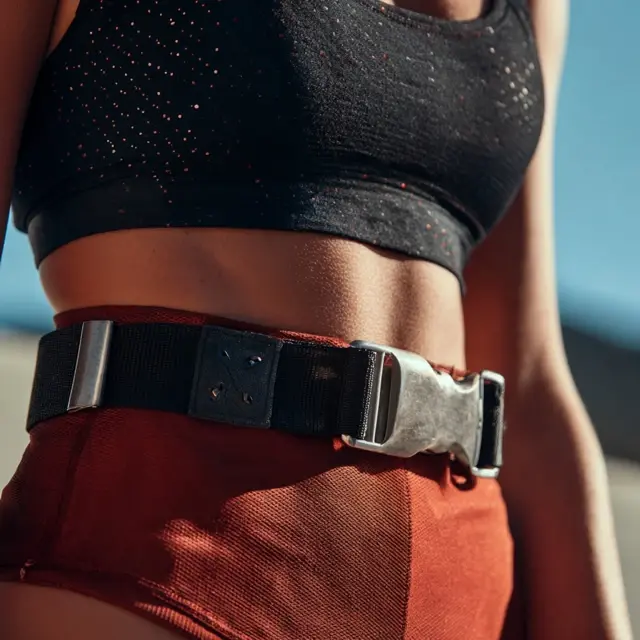Tips for Choosing a Running Belt with Secure Buckles
A running belt is only as good as its fastening system. Secure buckles are crucial for stability, comfort, and safety while running. A flimsy or poorly designed buckle can loosen mid-run, causing bounce or even dropping your gear. Here’s what to look for when choosing a running belt with reliable buckle systems.
Why Secure Buckles Matter
The buckle is the anchor point of your running belt. If it’s weak, your belt won’t stay in place, no matter how good the material or design. A strong buckle ensures:
- Stability: Keeps the belt snug and bounce-free.
- Safety: Prevents the belt from accidentally opening mid-run.
- Longevity: Durable buckles withstand frequent use and stress.
Step 1: Understand Buckle Types
Different buckles offer varying levels of security and convenience:
- Side-release buckles: The most common option, easy to fasten and unfasten with one hand.
- Magnetic buckles: Snap into place quickly and are often used in premium belts for seamless fastening.
- Dual-adjust buckles: Allow tightening from both sides, offering more precise fit and stability.
Step 2: Check Durability
Not all buckles are built to last. To ensure durability:
- Look for buckles made from reinforced plastic or lightweight metal.
- Test the clasp to see if it feels solid and resistant to bending.
- Read reviews about buckle strength after long-term use.
Step 3: Ensure Ease of Use
While security is key, your buckle should also be practical:
- Quick-release design: Essential for making adjustments mid-run.
- Glove-friendly mechanisms: Useful for cold-weather runners.
- Low-profile shape: Reduces bulk and prevents irritation under clothing.
Step 4: Match Buckle Strength to Activity
Different activities require different levels of buckle security:
- Casual jogging: A simple side-release buckle may be sufficient.
- Trail running: Opt for heavier-duty or dual-adjust systems for stability on uneven terrain.
- Marathon training: Lightweight but durable buckles prevent fatigue while ensuring security for long runs.
Extra Features to Consider
Modern running belts often integrate extra functionality into buckle systems:
- Anti-slip straps paired with buckles for added hold.
- Buckles with reflective details for nighttime visibility.
- Backup safety locks on premium designs.
Conclusion
Choosing a running belt with secure buckles is essential for both safety and performance. By understanding buckle types, checking durability, and matching strength to your activity, you’ll find a belt that stays locked in place no matter how far or fast you run.
For more guidance, explore our running gear stability tips and durability-focused accessory reviews.




